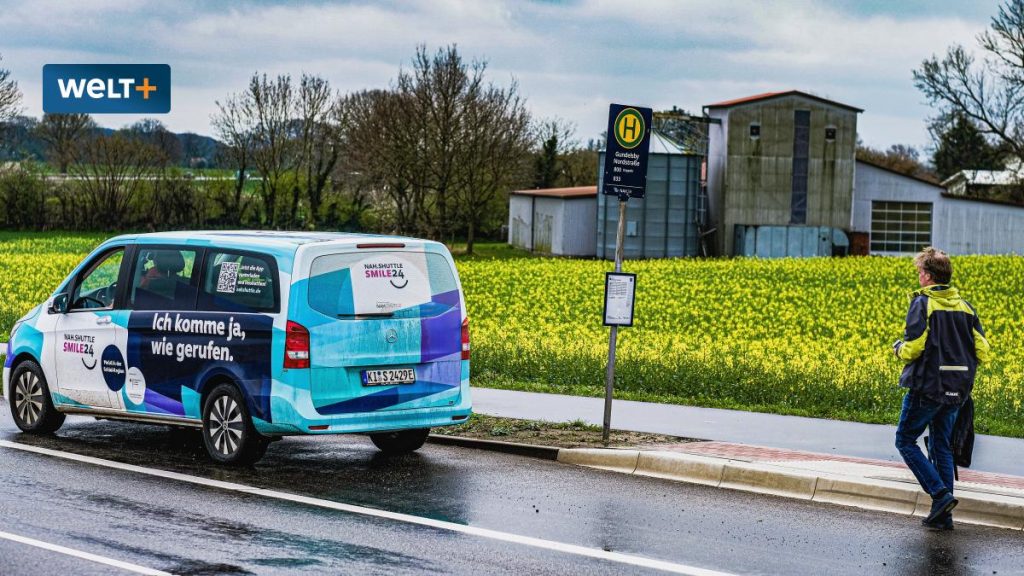The concept of mobility without the need for owning a car is becoming increasingly popular, with the vision of being able to move around at any time of day without the constraints of vehicle ownership. This idea is particularly appealing in urban areas where traffic congestion and limited parking spaces can be major issues. However, while the vision of 24/7 mobility without a personal vehicle is enticing, the reality is still far from being fully realized.
One of the key factors enabling this shift towards car-free mobility is the rise of ride-sharing services and car-sharing platforms. Companies like Uber, Lyft, and Zipcar have made it easier for people to access transportation on demand without the need to own a car. This has been especially beneficial for urban dwellers who may only need a vehicle occasionally or for short trips.
Another important aspect of the move towards car-free mobility is the development of public transportation systems. Cities around the world are investing in expanding and improving their public transportation networks, making it easier for residents to travel without relying on a personal vehicle. This shift towards more sustainable modes of transport is not only good for the environment but also helps to alleviate traffic congestion and reduce the need for parking spaces.
In addition to ride-sharing services and public transportation, advancements in technology are also playing a key role in enabling car-free mobility. The rise of electric scooters, bikes, and other forms of micromobility has made it easier for people to get around cities quickly and efficiently without the need for a car. These shared mobility options are often more affordable and convenient than traditional modes of transport, making them a popular choice for urban residents.
Despite these advancements, there are still challenges to overcome in order to fully realize the vision of 24/7 mobility without a personal vehicle. One of the main obstacles is the last-mile problem, where public transportation systems may not provide easy access to every destination. This can make it difficult for people to rely solely on alternative modes of transport without the need for a car.
Overall, the move towards car-free mobility is a promising trend that has the potential to transform the way people move around cities. With the continued development of ride-sharing services, public transportation systems, and micromobility options, the vision of 24/7 mobility without a personal vehicle may eventually become a reality. By addressing the challenges and barriers that still exist, cities can create more sustainable and accessible transportation systems for all residents.


